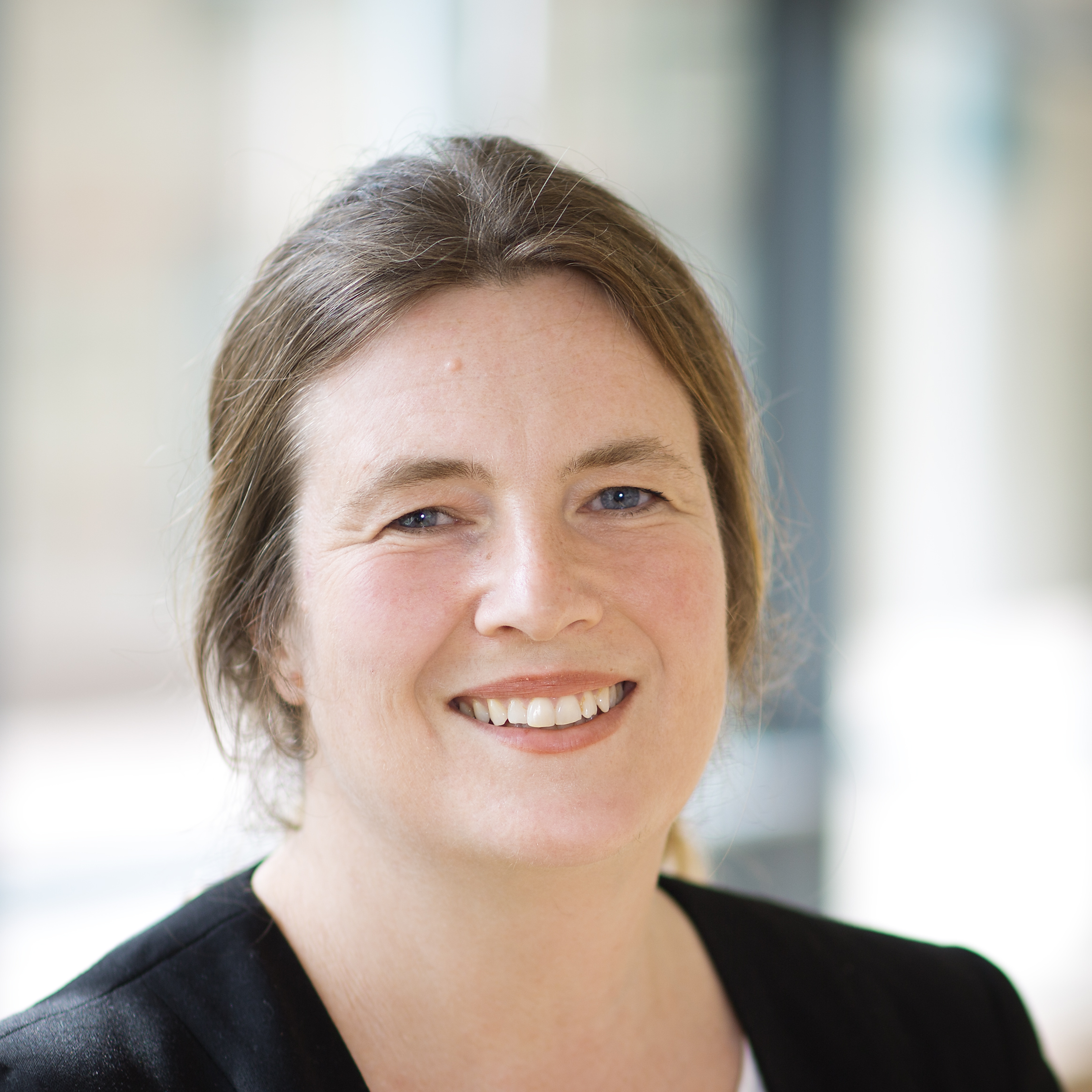A total of 11 publications met the inclusion criteria, including 3 RCTs, 7 pilot studies and one pre-registered study with a total of 257 subjects. The study population consisted of children and adolescents (aged 6 to 19 years) with various mental disorders such as obsessive-compulsive disorder, anxiety disorders, PTSD, anorexia nervosa and autism. The most common psychotherapy method used was cognitive behavioral therapy (face-to-face), which involved an exposure exercise. The sensors that were used were: ECG, EDA, eye-tracking and motion sensors to measure patients' vital signs. The included studies illustrate a variety of possible applications of sensor technology in psychotherapy for adolescents. In some cases, the feasibility of the sensor-based therapy approach was demonstrated.
Sensors can be used for psychotherapy in different contexts. To date, however, there has been a lack of randomized controlled clinical studies that provide reliable findings on the effectiveness of sensorbased therapy in child and adolescent psychotherapy.
















